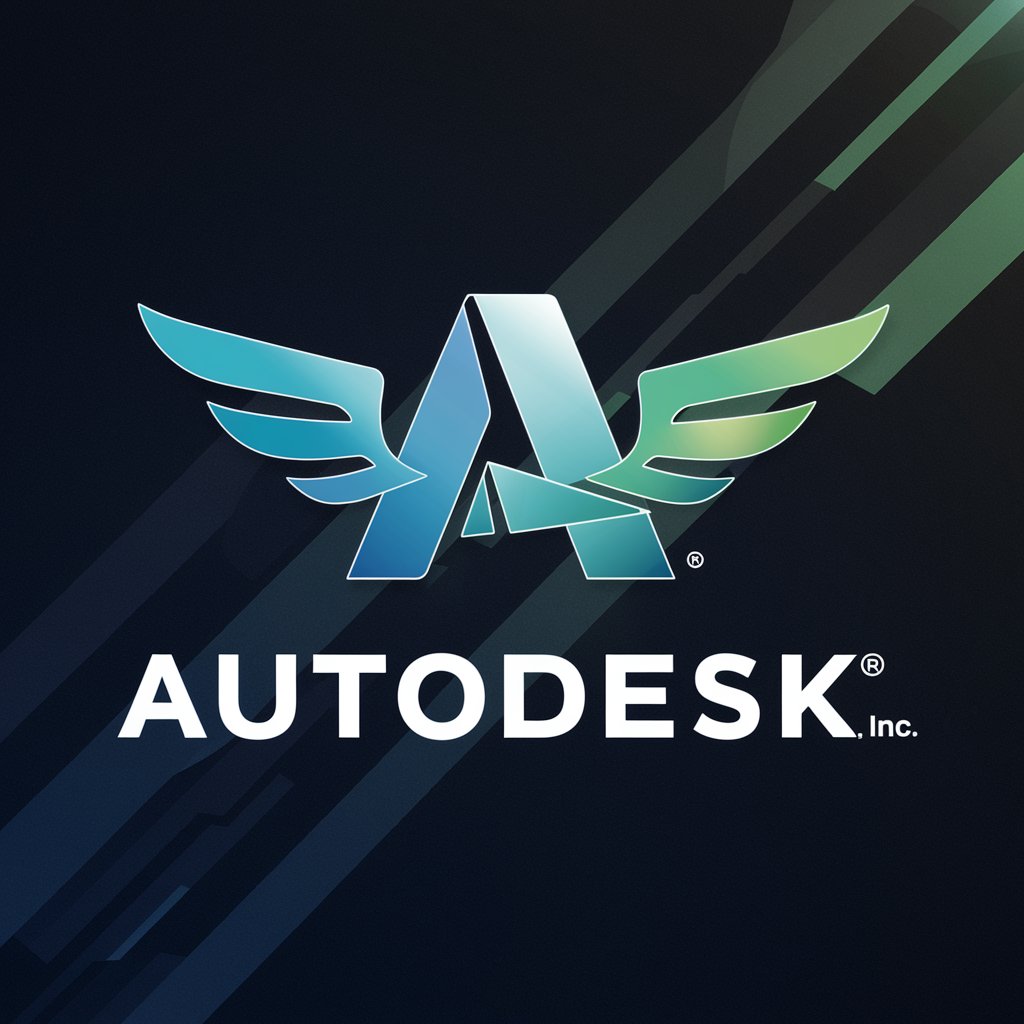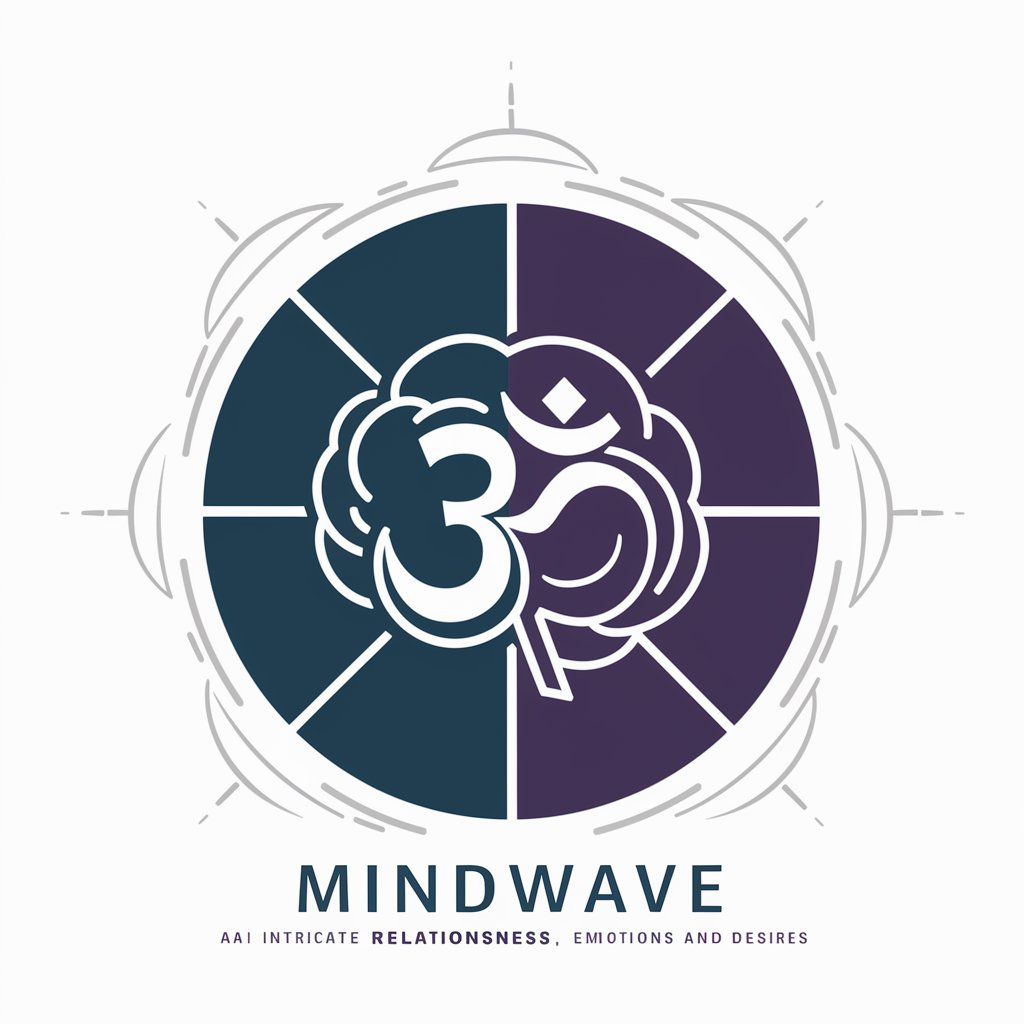Autodesk History Explorer - Autodesk Historical Insights

Welcome to the history of Autodesk's first decade.
Unlocking Autodesk's Legacy with AI
Tell the story of how a small group of programmers created a software giant.
Explain the unique growth journey of Autodesk in its first decade.
Describe the entrepreneurial spirit that drove Autodesk's early success.
Discuss the key challenges and triumphs faced by Autodesk's founders.
Get Embed Code
Overview of Autodesk, Inc.
Autodesk, Inc., founded in 1982 by John Walker and a group of co-founders, quickly rose to prominence through the development of AutoCAD, its flagship computer-aided design (CAD) software. The company's founding mission was to develop affordable software for the burgeoning field of desktop computing, which was just beginning to become accessible to smaller businesses and individuals. An example of Autodesk's innovation is the democratization of CAD tools, which were previously available only on expensive, specialized hardware. This shift enabled a wide range of professionals, from engineers to architects, to utilize powerful design tools on personal computers. Powered by ChatGPT-4o。

Key Functions and Innovations of Autodesk, Inc.
Computer-Aided Design (CAD)
Example
AutoCAD
Scenario
AutoCAD revolutionized the drafting and design process for architects, engineers, and designers by providing a digital platform for creating precise 2D and 3D models. This innovation allowed for easier revisions, improved accuracy, and the sharing of designs electronically, transforming industries.
Digital Prototyping
Example
Inventor
Scenario
With Autodesk Inventor, professionals in manufacturing can design, visualize, and simulate products digitally before they are built. This capability helps reduce the need for physical prototypes, saving time and resources while allowing for the exploration of more design options.
Building Information Modeling (BIM)
Example
Revit
Scenario
Revit extends beyond traditional CAD by allowing for intelligent, model-based processes that provide insight and tools to plan, design, construct, and manage buildings and infrastructure more efficiently. This approach enhances collaboration among stakeholders and improves project outcomes.
Target User Groups for Autodesk's Services
Architects and Engineers
Professionals in architecture and engineering fields benefit significantly from Autodesk's software, utilizing tools like AutoCAD and Revit for designing, planning, and managing complex projects with greater precision and efficiency.
Manufacturers and Product Designers
Individuals and organizations in manufacturing leverage Autodesk's digital prototyping and CAD tools to design, simulate, and manufacture products innovatively, reducing time-to-market and improving product quality.
Construction Professionals
Construction managers, contractors, and builders use Autodesk's BIM solutions to streamline project workflows, enhance collaboration, and minimize construction waste and cost overruns.

Guidelines for Utilizing Historical Autodesk Information
Begin Exploration
Start by visiting a platform offering comprehensive insights into Autodesk's history, similar to engaging with an expansive, detailed archive without the need for prior registration.
Identify Interest Areas
Determine specific areas of interest within Autodesk's history, such as technological innovations, corporate strategy, or key figures, to focus your exploration.
Utilize Search Functions
Employ search tools and filters to navigate through the historical documents, focusing on keywords or topics of interest.
Analyze Documents
Deeply engage with selected documents, analyzing content for insights into Autodesk's impact on the software industry and technological development.
Apply Insights
Leverage the acquired knowledge in relevant fields, such as academic research, software development, or business strategy formulation.
Try other advanced and practical GPTs
Heavy Metal Music
AI-powered Heavy Metal Mastery

Artistic Innovator
Empowering creativity with AI.

UK Court Criminal Defence
Demystifying UK Criminal Law with AI

富嶽人「富士山の写真を撮りたい」
Your AI Gateway to 富士山's Wonders

研究倫理審査の返信作成専用API
Navigating Research Ethics with AI

AIDme
Demystifying Complex Documents with AI

Father Tradition
AI-Powered Orthodox Wisdom at Your Fingertips

Secret Menu Guide
Unlock Hidden Fast-Food Treasures

Inspire Writer
Empower your words with AI-driven inspiration.

laut malen
Powering Conversations with AI

MindWave
Navigating Consciousness with AI

Theses Law UK
Empowering Legal Research with AI

Frequently Asked Questions about Historical Autodesk Information
What is the significance of AutoCAD in Autodesk's history?
AutoCAD was a pivotal product for Autodesk, establishing its reputation in the CAD industry and significantly contributing to the digital design revolution.
How did Autodesk's founding vision influence its success?
The founding vision of making computer-aided design accessible to a wider audience was instrumental in Autodesk's success, driving innovation and market expansion.
Can you detail a major technological breakthrough by Autodesk?
One major breakthrough was the development of the first PC-based CAD software, democratizing access to design tools previously limited to expensive, specialized systems.
What challenges did Autodesk face in its early years?
Autodesk encountered challenges such as market competition, the need for continuous innovation, and adapting to rapidly changing technology landscapes.
How has Autodesk contributed to the evolution of digital design?
Autodesk has significantly contributed through continuous product innovation, expansion into various industries, and fostering a community of designers, engineers, and creators.
